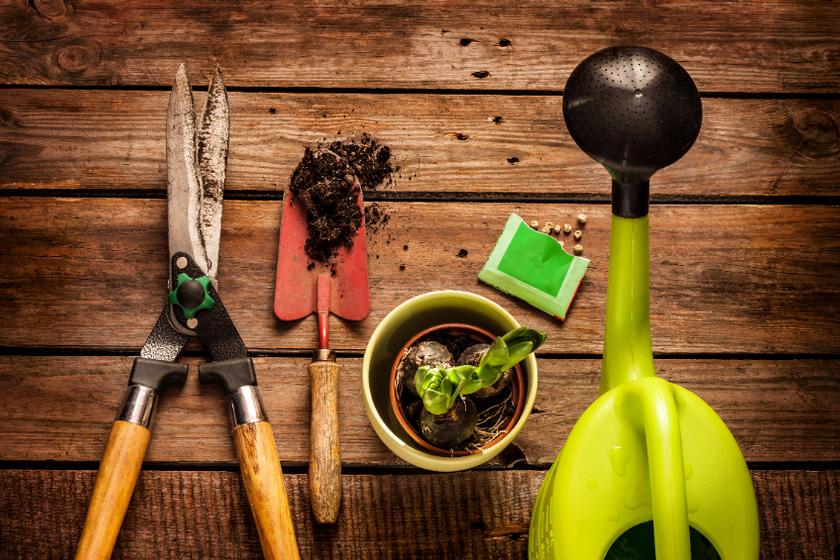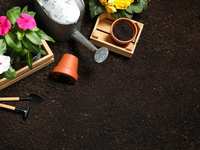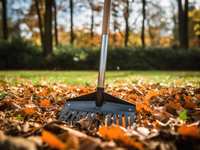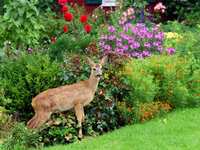Gardening in May in The Woodlands

Spring has definitely sprung. Our phones are constantly ringing as customers get in line for springtime renewal and/or an upgrade of their landscape. Some tropical plants must be replaced due to a few nights with freezing temps, and who doesn’t enjoy those spring flowers bursting with brilliant color!
I, like many of our readers, am enjoying morning coffee on the back-porch on these nice spring mornings, amidst colorful gardens and abundant greenery. I’ve watched deer and rabbits share the grain at the feeder; squirrels jump from tree limb to tree limb (and NEVER fall); birds flit from feeder to feeder as they sing, chirp, and establish their “pecking order.” They are building nests, and soon we will see the baby birds take to the sky for their very first flight. Love the springtime.
Perhaps you have been able to walk through some Bluebonnet fields this year. Wildflowers have been abundant this spring, thanks to abundant rainfall. By now, many cool-season annuals are in decline or already gone. May is a transition month as we move from the comfortable 80s to the more intense summer heat we all know with temperatures in the upper 90s. It may be time to think about replacing the annuals with a summertime variety. Remember, the hotter it gets, the more difficult it becomes to spend time in the garden. Do it now before the thermometer rises too much.
When planting new color annuals, remove the weeds and other unwanted plants from the bed. Turn the soil to a depth of at least 6 inches. Spread a 3 or 4-inch layer of compost, rotted leaves, finely ground pine bark, or peat moss over the bed. Blend this addition into the bed and rake it smooth. You are ready to plant!
It is most appealing to the eye to plant new material in staggered rows, or a checkerboard pattern, rather than in straight lines or squares.
After planting and watering, apply a 3 or 4-inch layer of mulch around each plant. Newly planted flower beds will need to be watered thoroughly. Then water as deeply as needed, as opposed to a “light watering” every day. Keep the soil and roots moist. It is best to water early in the day.
You are invited to send us your questions and comments. We can be contacted at our offices at
281-681-1025, or through our web site: www.LawnRangerCompany.com.
“Like” us on FaceBook at www.facebook.com/lawnrangercompany


















